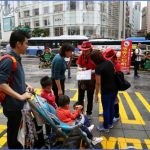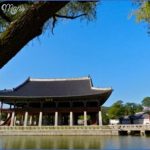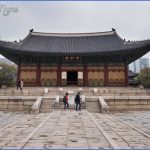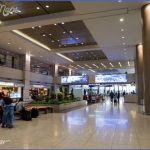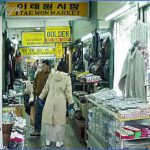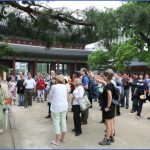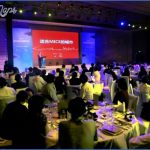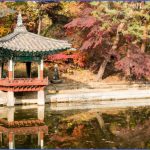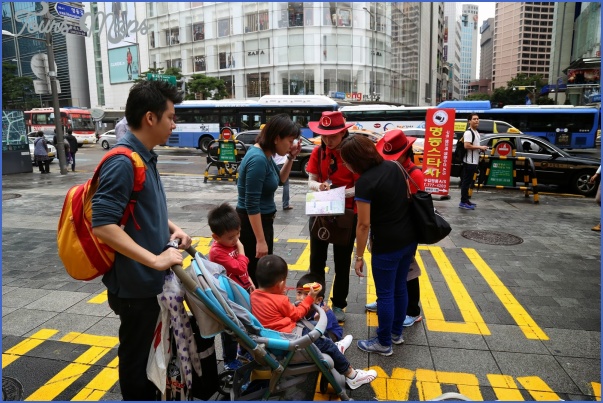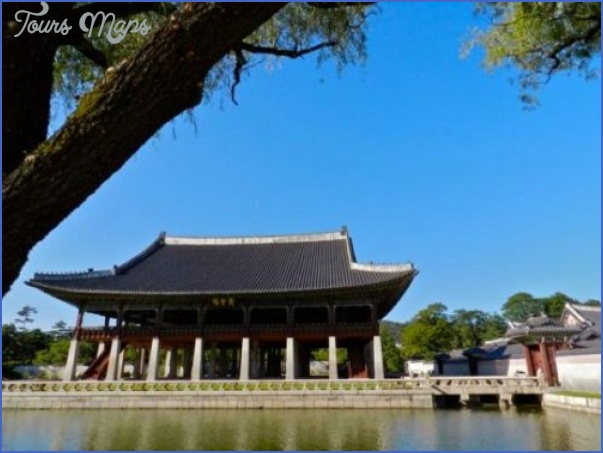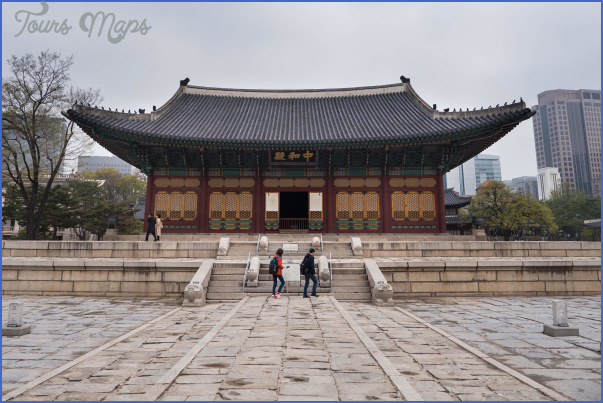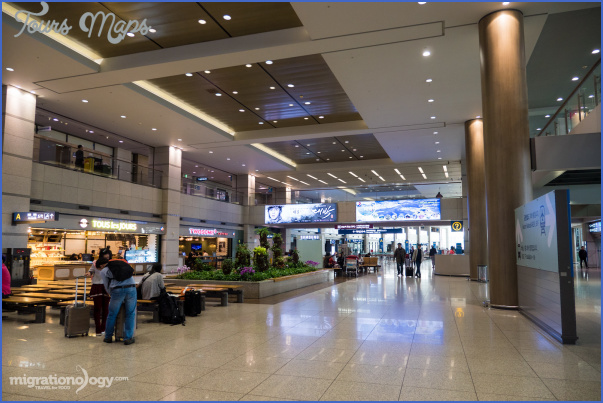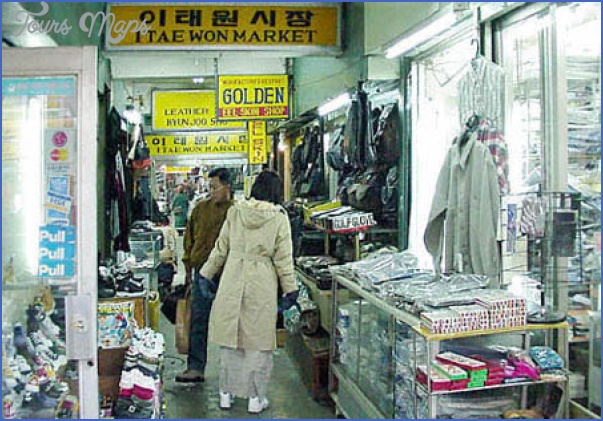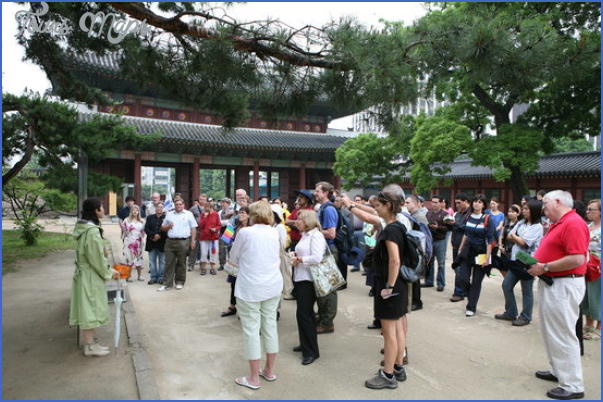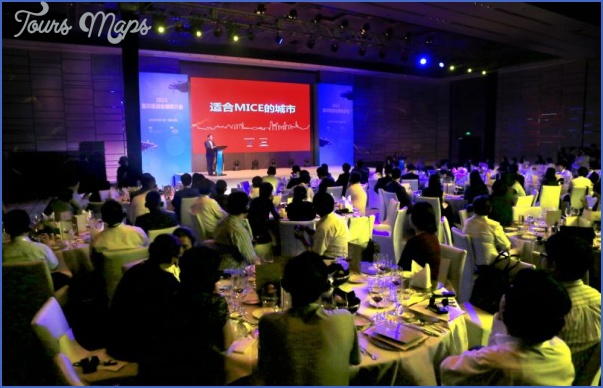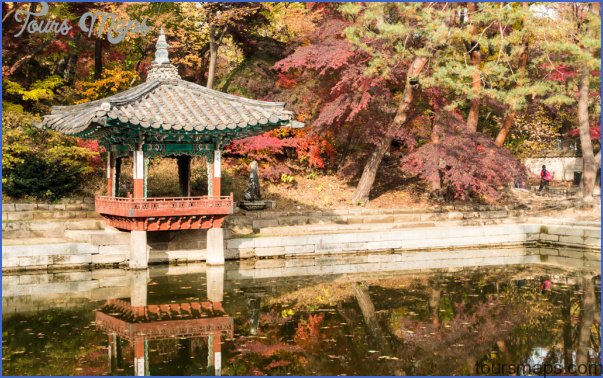Ni Zan was one of the “Four Great Masters of the Yuan Period”. His work is characterised by a chalky colour-wash effect. One of his own poems usually accompanies the landscape paintings to create a unifying impression. For Ni there is no place for the personality of the artist in a painting.
It is thought that Marco Polo was born in Venice in 1254. His father Marco Polo Niccoloand his brother Maffeo had already visited China as merchants (1254-1324) (1260-69) and they took Marco with them on their second trip which passed through Palestine, Tabriz, Hormuz in the Persian Gulf, eastern Persia, Pakistan, over the Pamir and across the Takla Makan Desert to Cathay. It was here that they encountered the court of Kublai Khan, the Mongolian emperor, for whom Marco Polo worked between 1275 and 1292. In 1292 Marco received permission from the emperor for him and his family to return home. They sailed across the South China Sea to the coast of Vietnam, past the Straits of Malacca, Sumatra, Sri Lanka and southern India to Hormuz, where they took an overland route to Constantinople via Persia, Armenia and Trebizond. In 1295 they made the final part of the journey by boat to Venice.
Imprisoned by the Genoese at the end of the 13th c. Marco Polo dictated an account of his travels entitled “Livre de devisement du monde” to his fellow captive the Pisan novelist Rustichello. The original French version was soon translated into Italian and Latin and later into other languages. A large part of the book concerns Kublai Khan, his court and those areas of the empire that Marco Polo encountered on his travels. Many people doubted the descriptions he gave of the size and splendour of the towns and also the extent of Chinese wealth.
He was called “II milione”, the boaster. It was not until the late 14th c. that credence was given to Marco Polo’s descriptions and maps. Tales of the khan and his riches aroused considerable interest among European explorers.
Sun Yat-sen or Zhongshan is regarded by many as the founder of the Sun Yat-sen Republic and the father of modern China. Born in 1866 in the south of (1866-1925) the country, he studied medicine first in Honolulu, then in Hong Kong and later worked as a doctor. During his studies he became more and more interested in Western thought and acquired a deep aversion to the brutal approach to government adopted by the Manchurian Qing Dynasty. This slowly developed into political opposition, finally inspiring him to give up practising medicine in the colonies of Hong Kong and Macau and to devote his energies to political activity. He set off in pursuit of support and financial backing for his democratic beliefs, visiting a number of countries including Britain, the USA and Japan.
Seoul travel guide Chinese Photo Gallery
Maybe You Like Them Too
- The Best Cities To Visit in The World
- World’s 10 Best Places To Visit
- Coolest Countries in the World to Visit
- Travel to Santorini, Greece
- Map of Barbados – Holiday in Barbados

